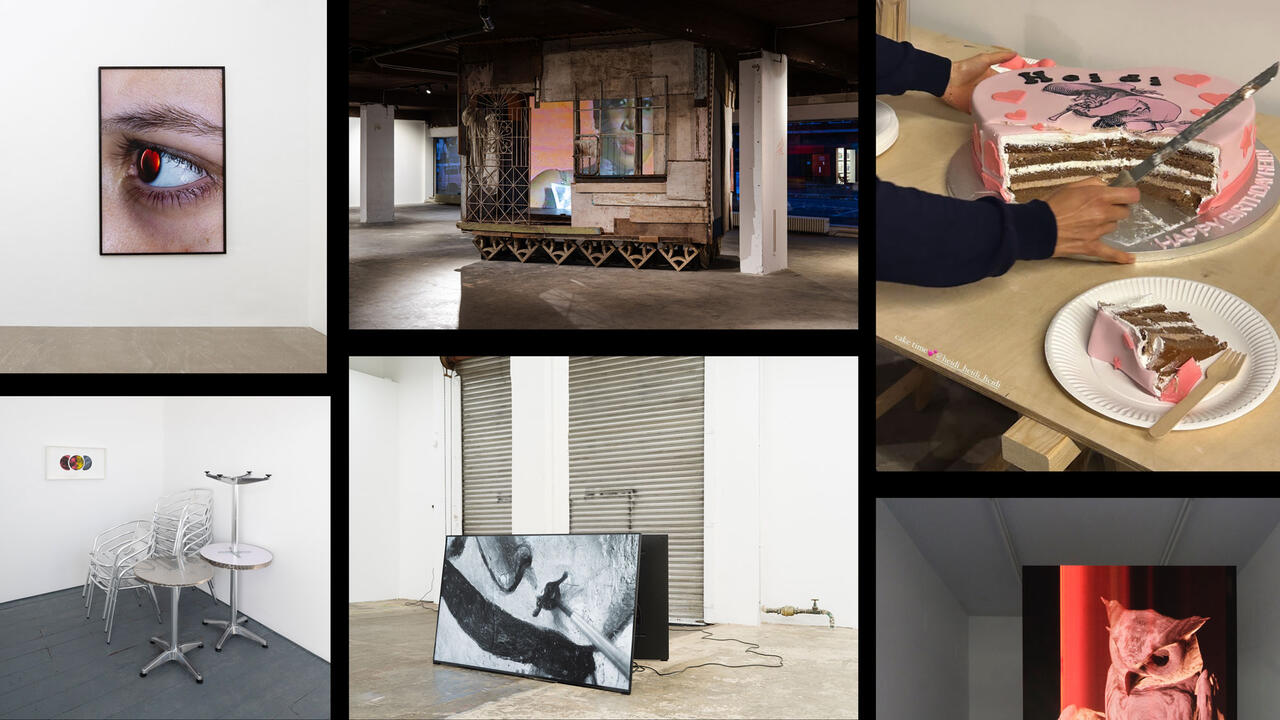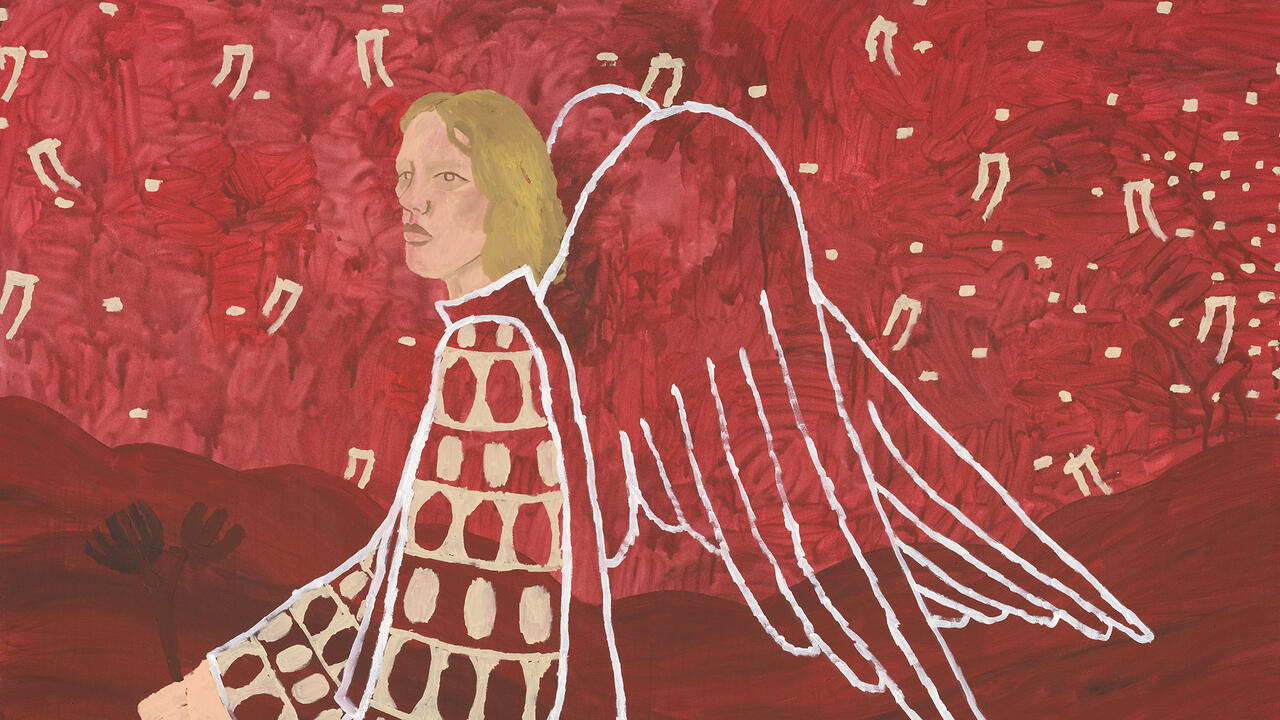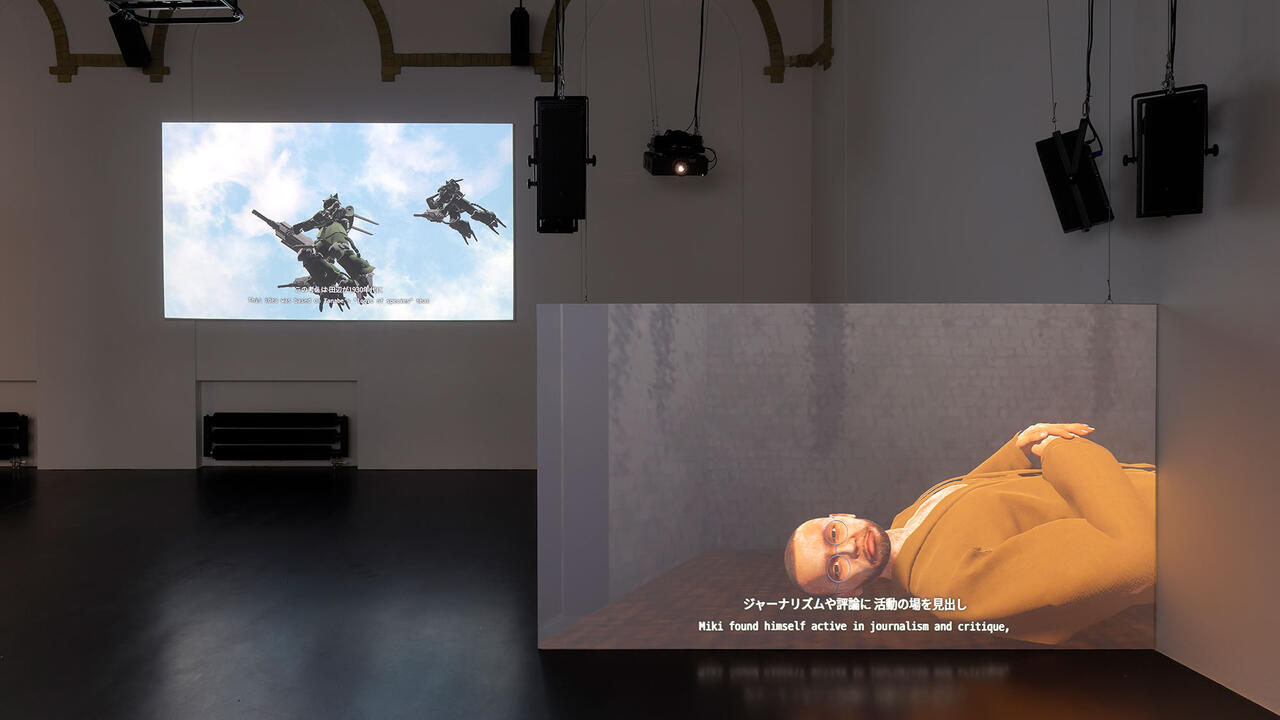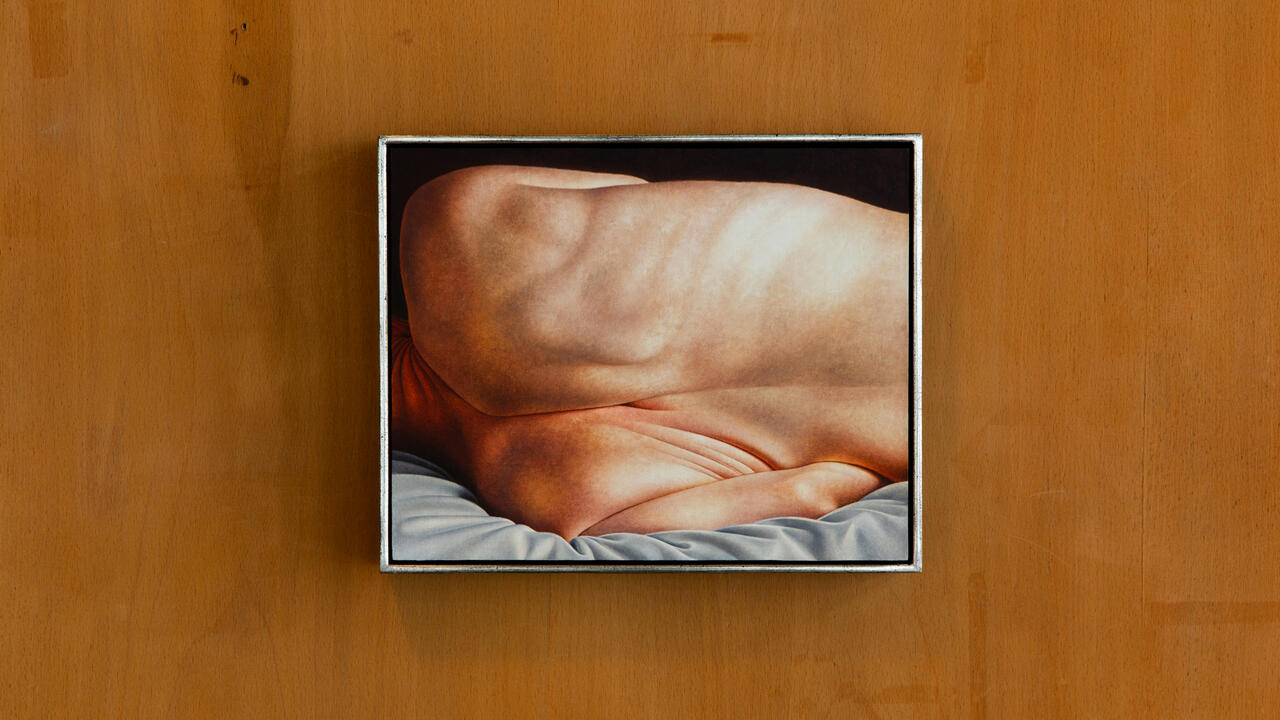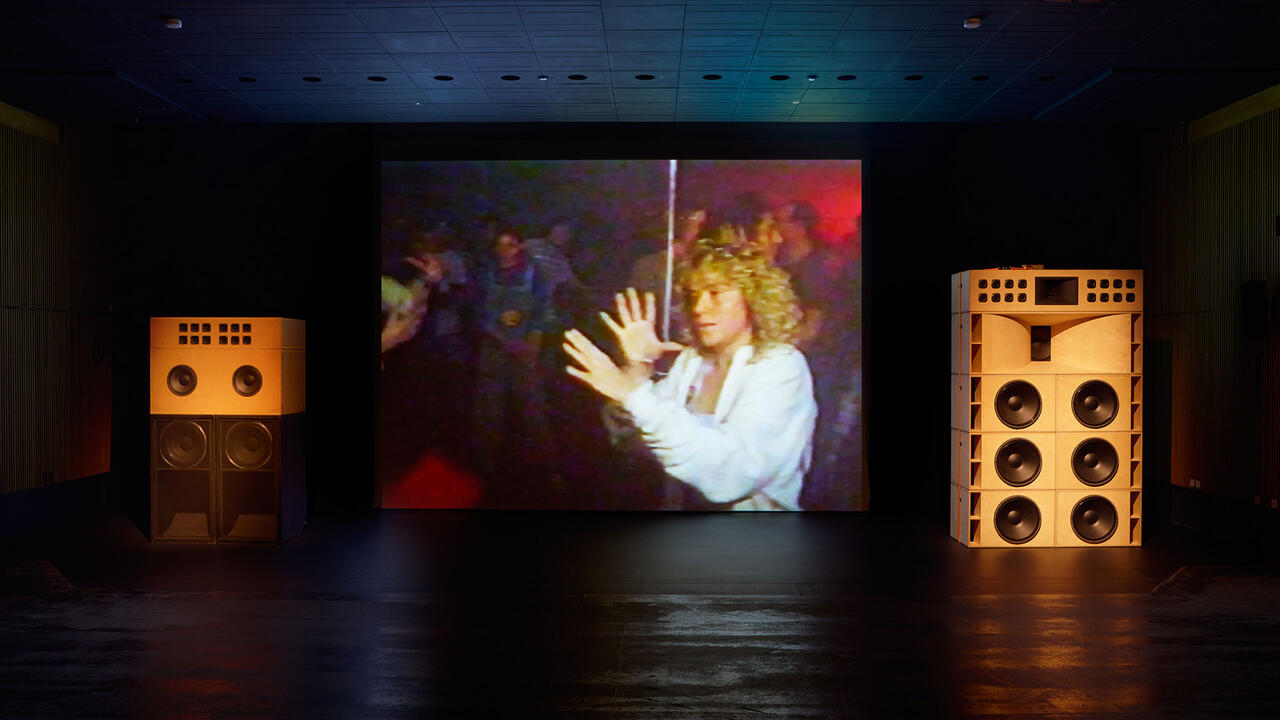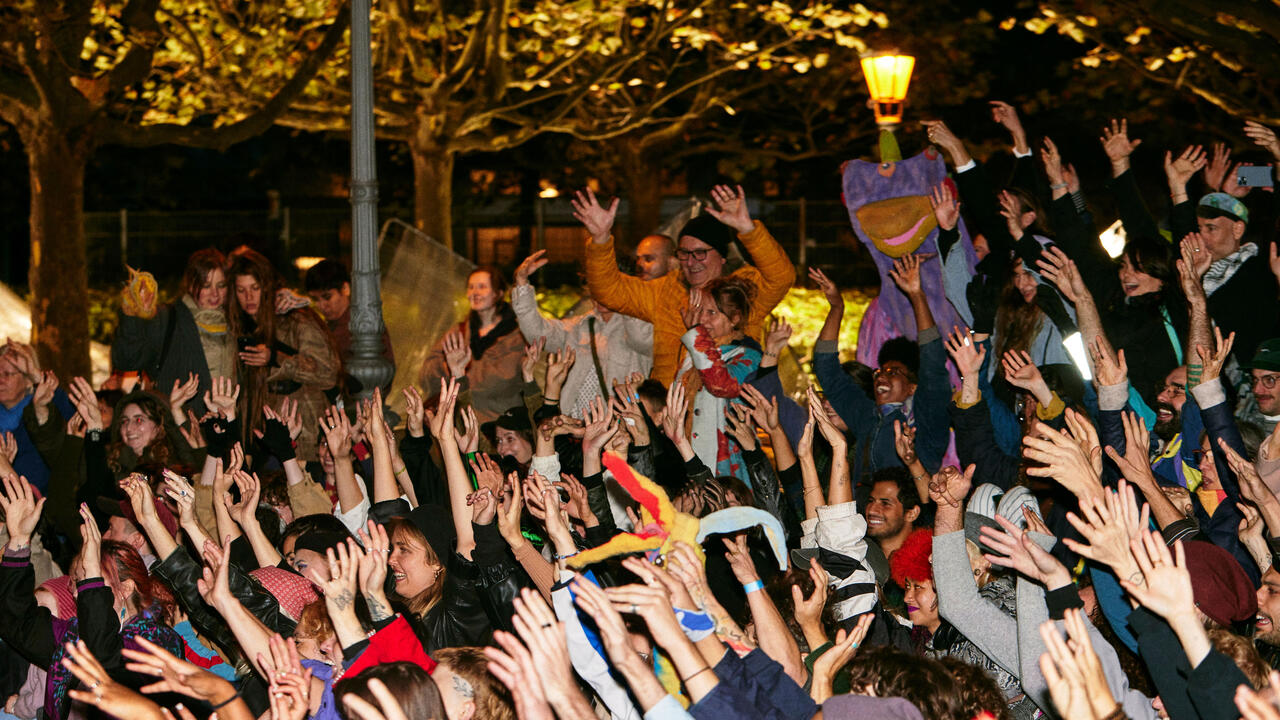Vlatka Horvat
Żak | Branicka, Berlin, Germany
Żak | Branicka, Berlin, Germany

Visitors to Vlatka Horvat’s solo show were welcomed by Remade to Measure (2014), a broken ruler hanging on the wall. Its pieces have been crudely strung back together with rubber bands, as if in a hopeless attempt to make the measuring device functional again. This inability to measure, divide or make linear sense of our surroundings – coupled with our innate desire to do so – are recurrent themes in this show, which is titled ‘Immeasurables’.
Horvat breaks more than just rulers, however, She is also known for her obsession with cutting up images of the human figure, only to recompose them in various ways. Coming from a background in performance but working in media such as photography, video, installation and collage, the Croatian-born artist is mainly concerned with the human body’s relationship to the built environment. She developed this interest in a new collection of collages, The Past is Another Country (2015), in which she made use of old family photographs of her mother. Horvat has carved out spaces around the figure of her mother, leaving empty white squares where the buildings or landscapes once were. This floating, decontextualized figure – removed from a specific historical and social context – might suggest existential questions about presence and being in time and space. The photos Horvat works with were taken in socialist Yugoslavia during the 1960s and ’70s, an era in which solidarity was still a strong utopian belief, before the country’s violent disintegration shattered such ideals. From this perspective, the white spaces in The Past is Another Country seem like retroactive warnings of the catastrophic events to come, which would destroy the social constructs and surroundings in which the individual subject is grounded. In one of these delicate-yet-violent works, the artist’s mother is seen holding hands with a child, perhaps Horvat herself, who is balancing on a log. Most of the child’s body is cut out and folded sideways, to obscure the mother’s form, as the exploration of materiality becomes an investigation of maternity. Here, Horvat’s squares, formally reminiscent of Kazimir Malevich’s suprematism, stand in for national as well as gendered categories of social inclusion and exclusion.
These white squares also appear in the series ‘Spread Page’ (2009–15), in which Horvat cuts and folds sheets of white A4 paper. As if playing a game according to strict rules, the artist makes a square in the middle of a page, only to cut a smaller square within that, and so on, until there is no material left to remove. This play of positive and negative spaces references political divisions of territories, such as the breaking up of the Yugoslavian federation. Inside the borders of ‘Spread Page’, these national procedures seem as flimsy as disposable paper. The same ideas of conquest, territory and borders are also explored in a more tactile grouping of abstract mixed-media collages, using felt, plastic, wood and wire, among other materials.
The sculptural work Peripheral Awareness (2014) also takes us to the edges of the frame. Various everyday objects, such as a glass, duct tape, a light bulb, a wine cork and dreidels are balanced around the edges of a square wooden table. The round objects, in contrast to the quadrilateral repetition seen in the previous works, all seem as if they are about to roll off. Horvat’s works, at times minimalist, at times conceptual, may seem abstract, formal or universal but, at their heart, they examine and dissect local circumstances, political contexts and social belief systems.









